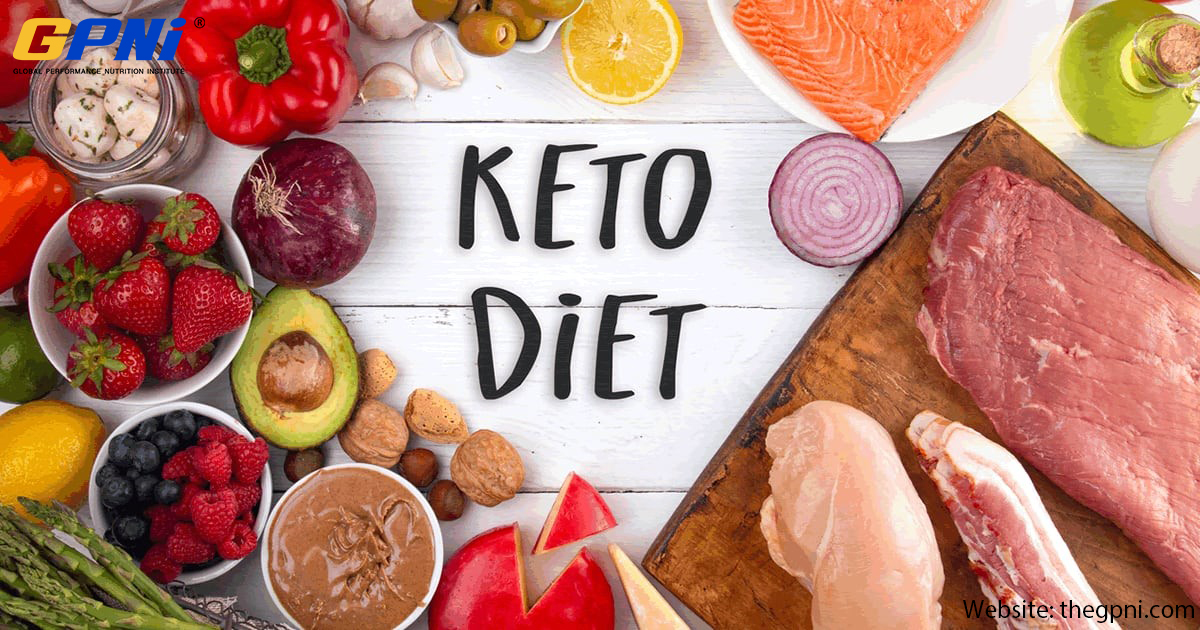Editorial By Cassie Evans
People are drawn to fad diets in hopes of achieving quick and dramatic weight loss. Sadly, most fad diets are unsustainable and it is not long before dieters crash and burn. People quickly forget the misery of the last fad diet in hopes of the next diet working better and faster. The ketogenetic diet is often categorized as a fad diet because it promises quick results and requires almost complete elimination of carbohydrates. Keto zealots swear it is the most effective diet for losing weight, especially because you get to eat “almost anything you want” as long as it is not a carbohydrate. Is eliminating bread and all the other delicious carbohydrates from your diet really worth? Here we take a deeper look at what the ketogenic diet is and if it is ideal for weight loss.
The ketogenic diet is a high-fat, low-carb diet. The diet originated in the 1920s, as a therapeutic diet for children with epilepsy. Doctors discovered the purported benefits of fasting could be mimicked in individuals consuming a high-fat, low-carbohydrate diet. Essentially, this diet elicits responses in the body that are similar to starvation. Drastically limiting the ingestion of carbohydrates puts the body in ketosis, a metabolic state where the body utilizes ketone bodies for energy. Ketosis allows the body and central nervous system to operate as usual during times of low glucose availability. When the body is not deprived of carbohydrates, the body breaks them down to glucose. Glucose can be used directly for energy or stored as glycogen in the liver and muscles for later use. The absence of dietary carbohydrates signals your breakdown stored glycogen. After the glycogen is depleted, the body needs a back-up energy source. Ketone bodies, such as hydroxybutyrate (BHB), acetoacetate and acetone, are that back-up source. Ketones enter the bloodstream and are shuttled to the brain and other vital organs to be used as fuel. Specific amino acids and fatty acids are still broken down to glucose which allows blood sugar levels to remain relatively stable, avoiding low blood sugar.


There are different variations of the ketogenic diet. The standard ketogenic diet is the most restrictive in terms of carbohydrates. A standard ketogenic diet is generally comprised of 70% fat, 20% protein and 10% carbohydrates. Cyclical ketogenic diet, as the name implies, entails cycles of low carbohydrate dates followed by days consuming higher amounts of carbohydrates. For example, one can follow 3 days of a ketogenic diet and 2 days of high or normal carbohydrate intake. Some individuals prefer this method as it does not feel as restrictive as the standard ketogenic diet. Target ketogenic diets allow for carbohydrates to be consumed strategically throughout the day. Typically, carbohydrates are added before exercise. High-protein variations of the ketogenic diet are similar to the standard ketogenic diet. These variations include higher intakes of protein.
Studies have found that those following a ketogenic resulted in a weight loss (body mass). This is largely attributed to the calorie deficit that is resulting from eliminating a food group. Remember, first law of thermodynamics states that body mass remains constant when caloric intake equals caloric expenditure. In terms of weight loss (not body composition), ketogenic diets are not more effective than other diets when calories are matched. In fact, higher protein intakes promote favorable changes in body composition (decreased fat mass and increased lean mass). The ketogenic diet works by forcing your body to into ketosis and to use fat as the primary energy source. However, increasing fat utilization is not the same as burning stored fat (adipose tissue) or excess weight. Weight loss occurs from being in a calorie deficit. Moreover, the best diets are those that create a calorie deficit and are easy to adhere to. For weight-loss related goals, creating a modest deficit through dietary intake and exercise is a more sustainable option when compared to the ketogenic diet.

Editorial By Cassie Evans (MS, RD, CISSN)


References
1. Wheless, J.W. (2008), History of the ketogenic diet. Epilepsia, 49: 3-5.
2. Noakes M, Foster PR, Keogh JB, James AP, Mamo JC, Clifton PM. Comparison of isocaloric very low carbohydrate/high saturated fat and high carbohydrate/low saturated fat diets on body composition and cardiovascular risk. Nutr Metab (Lond). 2006;3:7. Published 2006 Jan 11. doi:10.1186/1743-7075-3-7
3. Antonio Paoli A, Mancin L, Caprio M, et al. Effects of 30 days of ketogenic diet on body composition, muscle strength, muscle area, metabolism, and performance in semi-professional soccer players. J Int Soc Sports Nutr. 2021;18(1):62. Published 2021 Sep 16. doi:10.1186/s12970-021-00459-9







